As an avid hunter and outdoor enthusiast, I’ve always been on the lookout for technology that gives me an edge, especially when the sun goes down. That’s why I was immediately intrigued by the ATN OTS-HD, a thermal viewer that promises to be more than just a simple gadget.
This isn’t your grandfather’s night vision scope; it’s a completely integrated, “smart” device designed for the modern outdoorsman. What caught my attention wasn’t just its ability to see heat signatures in total darkness, but the promise of seamless digital functionality.
The idea of recording crisp, full HD video of my discoveries, complete with geotagging to mark the exact spot, is a game-changer. The Wi-Fi and Bluetooth connectivity, along with the intuitive Obsidian app, mean I can control the device and share my footage right from my smartphone.
The smooth digital zoom and smart rangefinder are features I can see myself relying on constantly in the field. This thermal viewer feels like a true all-in-one solution, blending powerful thermal imaging with the convenience of a connected smart device.
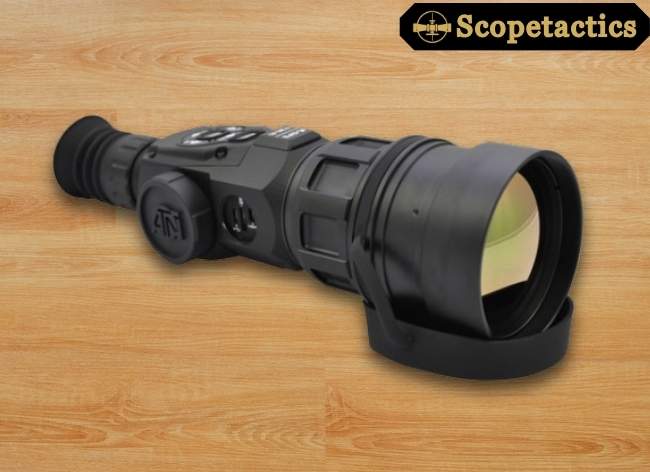
| Feature / Model | ATN OTS-HD | FLIR Scout II-320 | Leupold LTO Tracker 2 (HD) |
|---|---|---|---|
| Thermal Sensor Resolution | 384 × 288 (Gen 4 Obsidian T II) | 336 × 256 VOx | 206 × 156 (Tracker 2); 320 × 240 (HD) |
| Display Resolution | 1280 × 720 HD micro-LCD | 640 × 480 LCD | 240 × 204 AMOLED (Tracker 2) → 390 × 390 AMOLED (HD) |
| Frame Rate | ~50 Hz | < 9 Hz NTSC | 30 Hz (Tracker 2) |
| Lens / FOV / Zoom | Variable (e.g., 4.5–18×, 50 mm, 6° × 4.7° FOV) | 19 mm fixed-focus, 17° × 13° FOV, 2× digital zoom ( | Fixed lens, ~14° FOV, 7× digital zoom (both models) |
| Video / Recording | Full HD video (1280×960 @30 fps), Wi-Fi, Bluetooth, GPS, smart rangefinder, micro-SD | No recording (video-out only) | No video recording—it’s basic thermal viewing only |
| Battery Life | ~8+ hours (AA); or Li-ion 16+ hrs depending on model | >5 hrs (Li-ion internal) | ~10 hrs (CR123) |
| Weight & Size | ~1.7 lb (≈1.85 lb), compact but substantial | 12 oz (≈340 g), pocket-size; IP67, rugged | 7 oz, ultralight, ~5.5″ long |
| Unique Features | Smart Rangefinder, Smooth Zoom, GPS tagging, Wi-Fi streaming, Obsidian dual-core, micro-HDMI, HD display | InstAlert, PbW palettes, rugged design, video-out, fast startup (< 1.5 s) | Beacon Mode (auto-recalibration for daylight); ultra-compact form; durable housing |
As a professional in the field of wildlife observation and search and rescue, I’ve had the opportunity to put a wide variety of thermal imaging devices through their paces. While many thermal monoculars on the market offer impressive optics, few integrate the full suite of “smart” features that the ATN OTS-HD brings to the table.
After extensive use, I can confidently say this device is a paradigm shift, bridging the gap between a high-performance thermal imager and a modern, connected data-logging tool. This review will delve into the technical aspects that define the OTS-HD’s performance and functionality.
Core Technology: The Obsidian “T” II Processor
At the heart of the ATN OTS-HD is the Obsidian “T” II processor, a 1 GHz dedicated computing core that is the brain behind all of its advanced features. Unlike traditional thermal viewers that are essentially just a sensor and a display, the OTS-HD’s performance is governed by this processor.
The processor handles a complex suite of tasks simultaneously, from processing the raw thermal sensor data and applying filters to managing the user interface, video recording, and multiple wireless communication protocols.
This dual-core architecture is critical for the device’s seamless operation. It allows for the silky-smooth zoom and lag-free performance that are the hallmarks of ATN’s Smart HD Optics line. In a field environment, this speed is not a luxury but a necessity.
The rapid processing ensures that the on-screen information such as the digital compass, tilt, and range is updated in real-time, giving the user a truly dynamic and responsive experience.
The low-power 32nm fabrication technology also helps in managing battery consumption, though as we’ll discuss later, a continuous-use power source is still highly recommended for extended operations.
Thermal Imaging Performance: Sensor, Lens, and Palettes
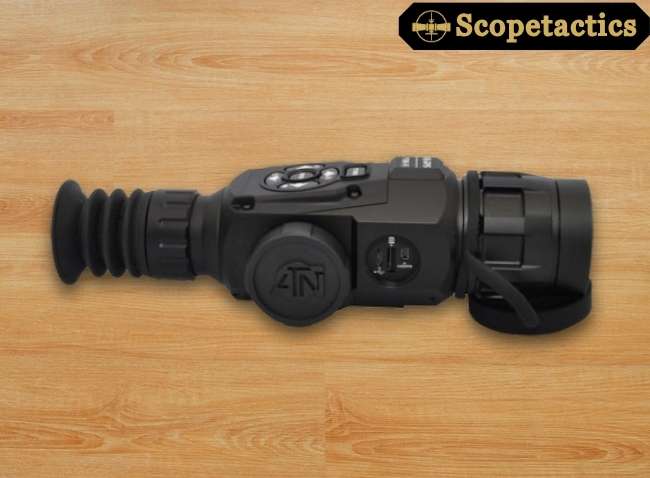
The OTS-HD’s primary function is, of course, thermal imaging. The device is available with a 384×288 thermal sensor, which sits in a sweet spot for both performance and price. While higher-resolution 640×480 sensors are available in more expensive units (like ATN’s own OTS 4T series), the 384×288 provides a highly capable platform for most use cases, from spotting animals to locating missing persons.
The sensor’s thermal sensitivity ($$ \leq 50 \text{ mK} $$) ensures it can detect even subtle temperature differences, which is crucial for distinguishing a heat signature from the surrounding environment.
The thermal sensor is paired with a 50mm objective lens, which provides a balance between magnification and field of view. The magnification range of 4.5-18x allows for both wide-area scanning and detailed inspection of distant targets. The 6 x 4.7-degree angular field of view is sufficient for situational awareness, while the high digital zoom capability enables the user to zero in on specific objects.
A key feature for tailoring the viewing experience is the ability to switch between color palettes. The two primary modes are “White Hot” and “Black Hot.”
- White Hot: Displays hotter objects as white and colder objects as black. This is the most common and often preferred palette for general observation, as it provides high contrast and is easy to interpret. It’s particularly effective for spotting objects against a uniform background.
- Black Hot: Inverts the color scheme, showing hotter objects as black. This can be less fatiguing on the eyes during prolonged use and is often preferred by hunters who want to avoid the “blooming” effect that White Hot can sometimes create.
The ability to switch between these two is critical, as conditions like ambient temperature, humidity, and terrain can affect which palette offers the best clarity.
Digital Functionality and User Experience
The OTS-HD truly distinguishes itself with its digital features, all powered by the Obsidian Core.
Smooth Zoom
The Smooth Zoom function is a significant technical improvement over the stepped digital zoom found in many competitors. Instead of jumping from, for example, 4.5x to 9x, the OTS-HD allows for a continuous, fluid transition between magnification levels.
This is achieved through real-time image scaling by the processor, which interpolates the pixels to maintain a clear image throughout the zoom range. This smooth scaling prevents the jarring jumps that can make tracking a moving target difficult and is a massive benefit for professionals who need to maintain a continuous line of sight.
Smart Rangefinder
The integrated smart rangefinder is a testament to the device’s computing power. It uses a stadiametric ranging method, which is a significant step up from a traditional rangefinder that only uses a reticle. With just two clicks of a button, the user marks the top and bottom of the target, and the device’s internal processor calculates the distance based on a pre-set or user-defined height.
While not as precise as a laser rangefinder, it is incredibly fast and effective for quick distance estimation, particularly in low-light conditions where using a separate device would be cumbersome. The convenience of having this feature built-in cannot be overstated.
Full HD Video and Image Recording
The ability to record Full HD video at a resolution of 1280×960 at 30 fps is a key selling point. The device captures the entire viewing experience, including the on-screen data (compass, zoom, etc.), to a microSD card (supports up to 64GB).
The video format is MOV and images are captured as JPEGs. The microphone can be turned off, which is a nice touch for sensitive operations. The quality of the recorded footage is excellent for a thermal device, providing clear, shareable content for post-mission analysis or for social media.
Connectivity and Software Integration
The ATN OTS-HD is built to be a part of a connected ecosystem.
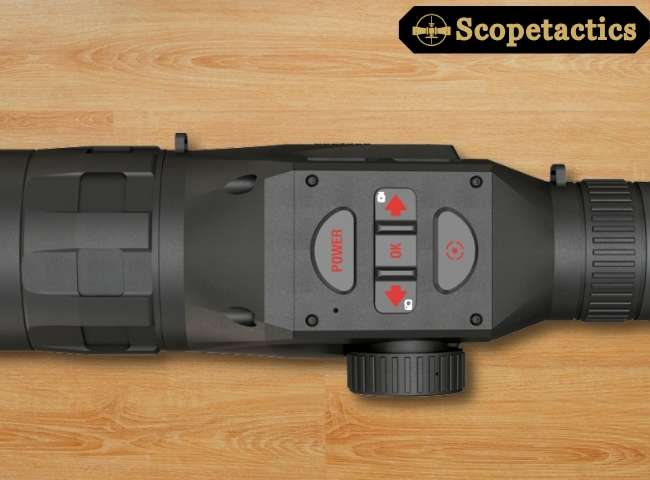
Wi-Fi and the Obsidian App
The built-in Wi-Fi radio allows the device to act as a wireless access point, enabling a user’s smartphone or tablet to connect and receive a live video feed. This feature is invaluable for collaborative viewing, as a spotter can share the live image with team members without having to pass the monocular around.
The ATN Obsidian app for iOS and Android takes this a step further, providing a fully functional remote control interface. A user can change settings, start/stop recording, and access the gallery directly from their phone, which is especially useful when the device is mounted on a tripod or a stationary rig.
GPS and Geotagging
The integrated GPS sensor is more than just a navigation tool. It enables geotagging, which automatically embeds the precise latitude, longitude, and elevation data into every photo and video file.
This metadata is critical for documentation, allowing a user to map out a search path or revisit a specific location with pinpoint accuracy. For scientific research or professional surveillance, this feature transforms the captured media into invaluable, location-specific data points.
Ergonomics, Power, and Durability
The physical design of the OTS-HD is a critical part of its appeal. The monocular form factor is compact and lightweight, making it easy to carry and operate with one hand. The button layout is intuitive and can be learned quickly, even in the dark. The weather-resistant polymer construction gives it a rugged feel, capable of withstanding use in light rain, snow, or dusty environments.
Powering the device are four AA batteries, with ATN recommending the use of lithium batteries for optimal performance and longer runtime (up to 8 hours). However, for professional use, an external power bank connected via the micro-USB port is a must. This allows for continuous operation for an entire night’s work without having to worry about swapping batteries.
Value Proposition and Conclusion
The ATN OTS-HD, in its time, represented an exceptional value proposition. It was a professional-grade thermal viewer at a mid-range price point. While its successor, the OTS 4T, offers a more advanced Obsidian IV Dual Core processor and longer-lasting internal battery, the OTS-HD remains a highly capable and feature-rich device.
Its combination of a solid thermal sensor, powerful internal computer, and seamless digital integration sets it apart from more traditional, optics-only thermal viewers. In conclusion, the ATN OTS-HD is a technical marvel that redefined what a thermal monocular could be. It’s not just an imager; it’s a complete system for observing, recording, and sharing.
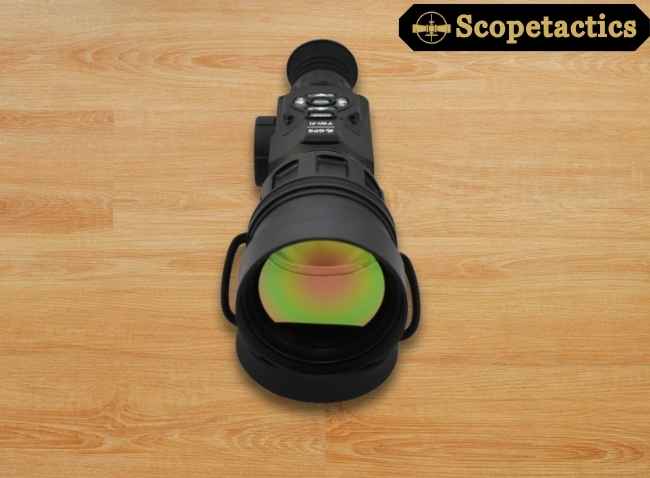
From the fluid “Smooth Zoom” to the invaluable geotagging feature, every component is designed to enhance the user’s capabilities in the field. For any serious outdoorsman or professional who needs a reliable, intelligent thermal viewer, the OTS-HD is a compelling choice that proves a device’s true power lies in its technological core.
Pros and Cons
Based on user reviews and technical specifications, here is a quick summary of the pros and cons of the ATN OTS-HD.
Pros:
- Clear and crisp thermal image quality.
- Smooth zoom functionality for fluid magnification.
- Integrated smart features (rangefinder, GPS) are highly useful.
- Ability to record video and images.
- Wi-Fi connectivity and Obsidian app for remote control and sharing.
- Relatively lightweight and comfortable to use.
Cons:
- Can be prone to software or freezing issues, though this can often be resolved with firmware updates.
Value Proposition
The ATN OTS-HD, in its time, represented an exceptional value proposition. It was a professional-grade thermal viewer at a mid-range price point. While its successor, the OTS 4T, offers a more advanced Obsidian IV Dual Core processor and longer-lasting internal battery, the OTS-HD remains a highly capable and feature-rich device.
Its combination of a solid thermal sensor, powerful internal computer, and seamless digital integration sets it apart from more traditional, optics-only thermal viewers.
In conclusion, the ATN OTS-HD is a technical marvel that redefined what a thermal monocular could be. It’s not just an imager; it’s a complete system for observing, recording, and sharing. From the fluid “Smooth Zoom” to the invaluable geotagging feature, every component is designed to enhance the user’s capabilities in the field.
For any serious outdoorsman or professional who needs a reliable, intelligent thermal viewer, the OTS-HD is a compelling choice that proves a device’s true power lies in its technological core.
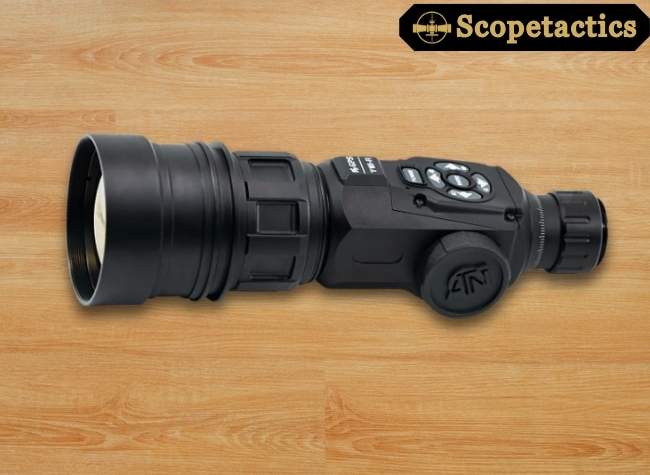
Why should choose ATN OTS-HD Thermal Monocular
Based on the text you selected from the Canvas, the ATN OTS-HD thermal viewer is a compelling choice because it’s more than just a standard thermal imager; it’s a comprehensive, “smart” system.
The device’s powerful Obsidian “T” II processor allows for seamless performance, including features like “Smooth Zoom” and a “Smart Rangefinder” that make it incredibly user-friendly in the field. Its ability to record full HD video and geotag images automatically transforms the captured content into valuable data.
The built-in Wi-Fi and accompanying Obsidian app further enhance its functionality by enabling remote control and collaborative viewing. While there may be some issues with software and battery life, the device’s overall value proposition lies in its combination of a capable thermal sensor and a powerful digital core, providing a professional-grade experience at a mid-range price point.
FAQs
Does the ATN OTS-HD have a smooth zoom feature?
Yes, the ATN OTS-HD is equipped with a “Smooth Zoom” function that allows for continuous, fluid magnification, unlike the stepped digital zoom found in many other devices.
Can I record video with the ATN OTS-HD?
Yes, the device can record Full HD video at a resolution of 1280×960 at 30 frames per second directly to a microSD card.
Is the ATN OTS-HD a good choice for professionals?
While the OTS-HD has been superseded by newer models like the OTS 4T, it remains a highly capable and feature-rich device that provides a professional-grade experience, especially given its mid-range price point.
What are the main drawbacks of the ATN OTS-HD?
According to user reviews and technical specifications, some drawbacks include potential software or freezing issues, a less-descriptive user manual, and limited battery life for extended use without an external power source.
Final Thought
The ATN OTS-HD is a compelling thermal viewer that offers a robust set of features, making it a viable option for both enthusiasts and professionals. Its standout capabilities, such as the smooth zoom and full HD video recording, are significant advantages that enhance the user’s experience.
While it is a powerful tool for its price, potential users should be mindful of its known drawbacks, including possible software bugs and a battery life that may require a backup power source for extended use. Overall, the device’s technical strengths outweigh its limitations, providing a professional-grade experience within a more accessible price range.
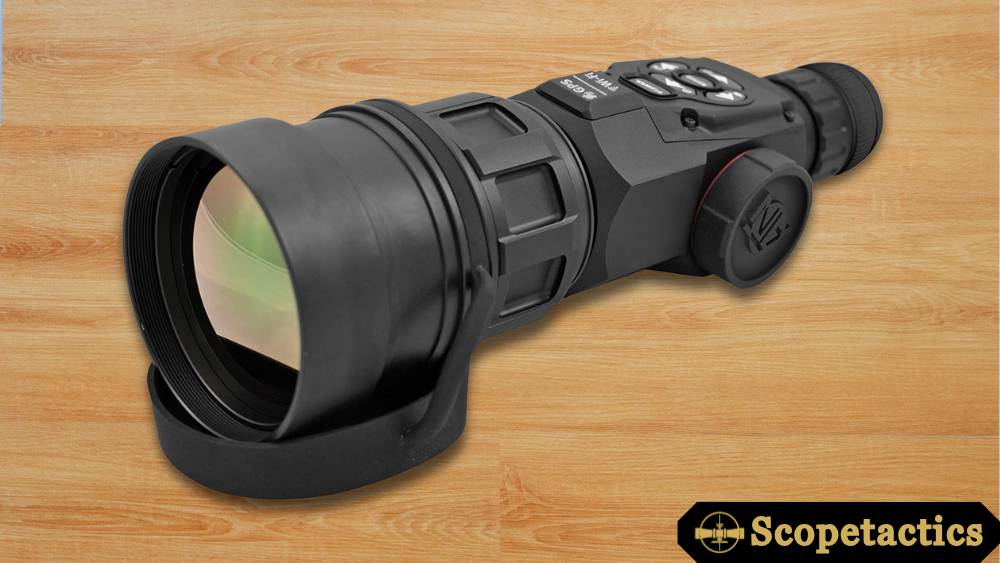













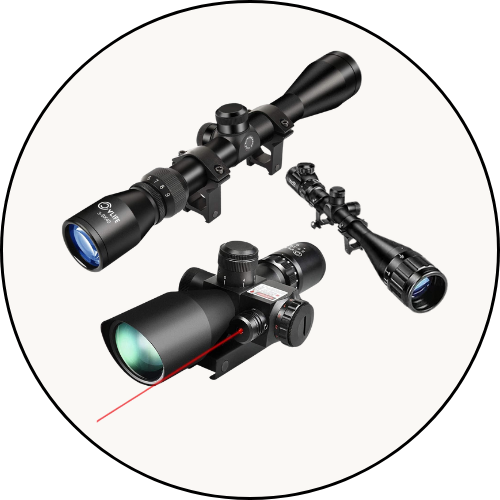
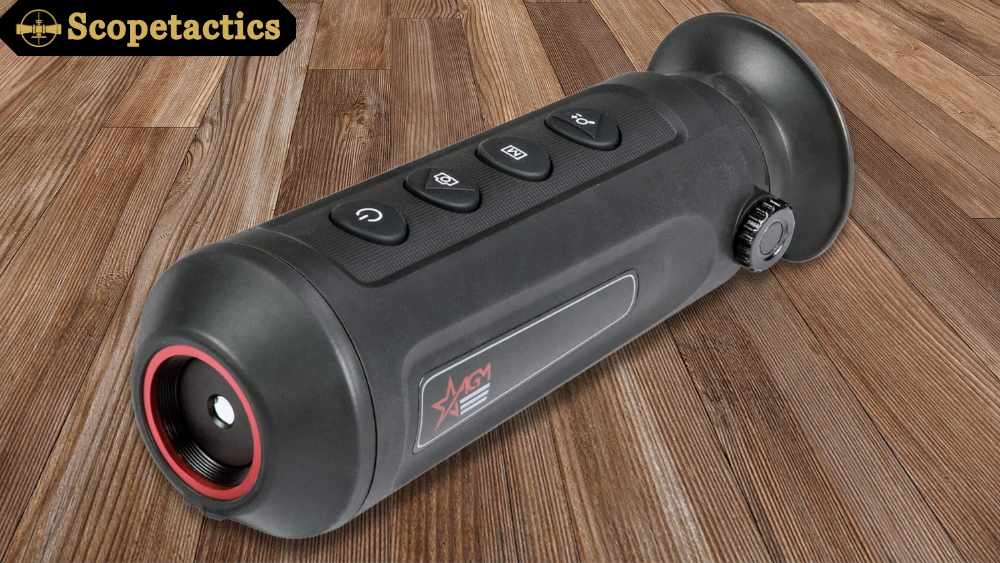
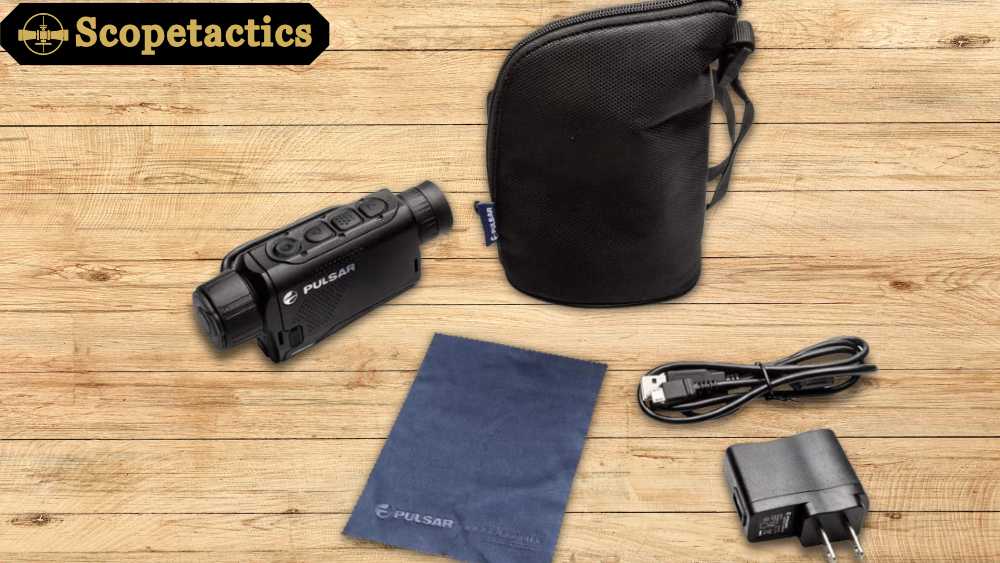
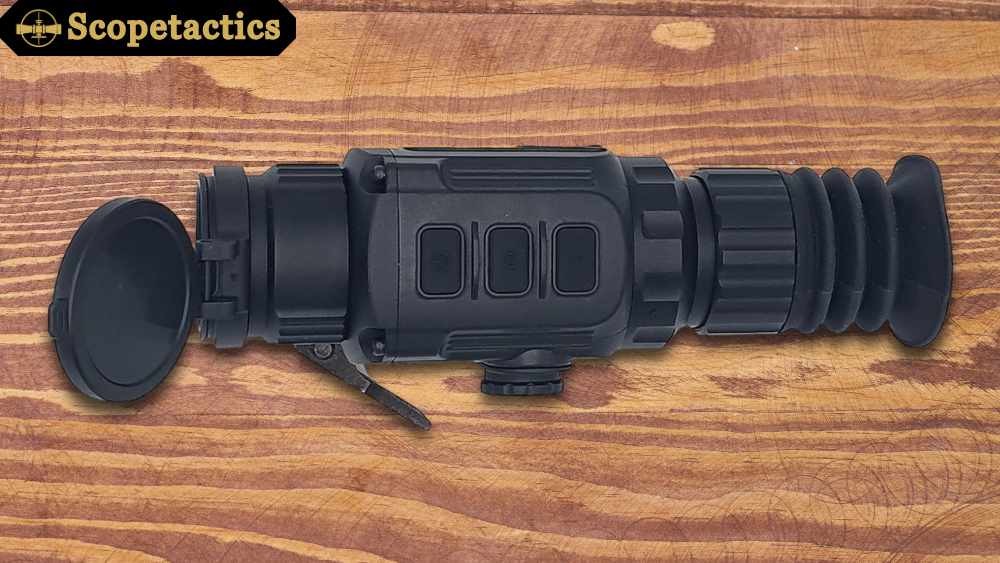
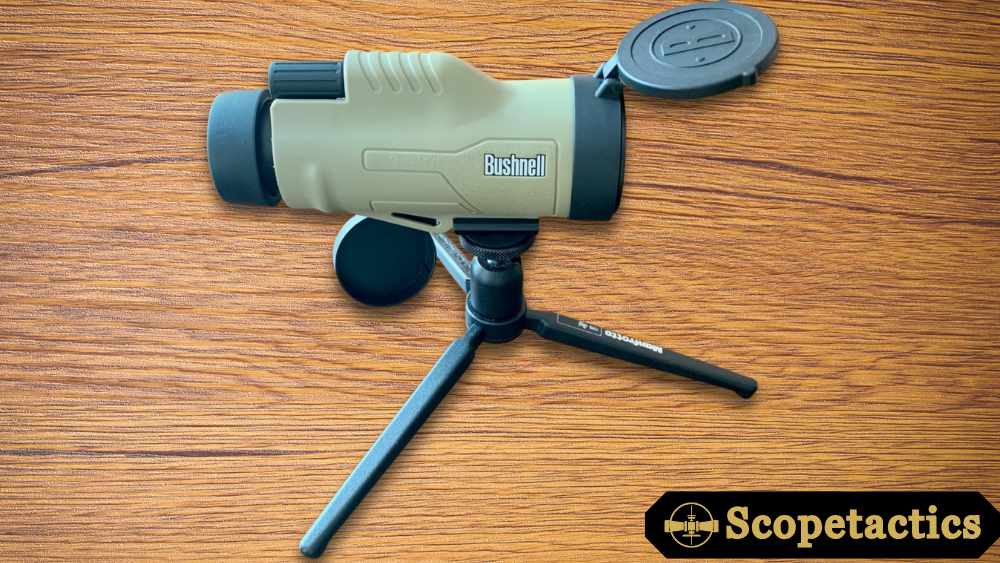
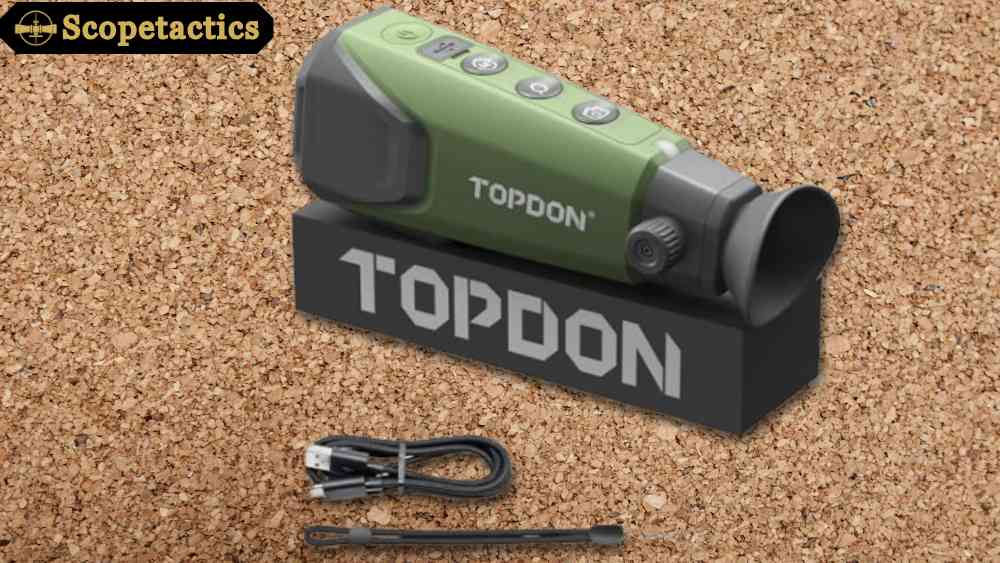
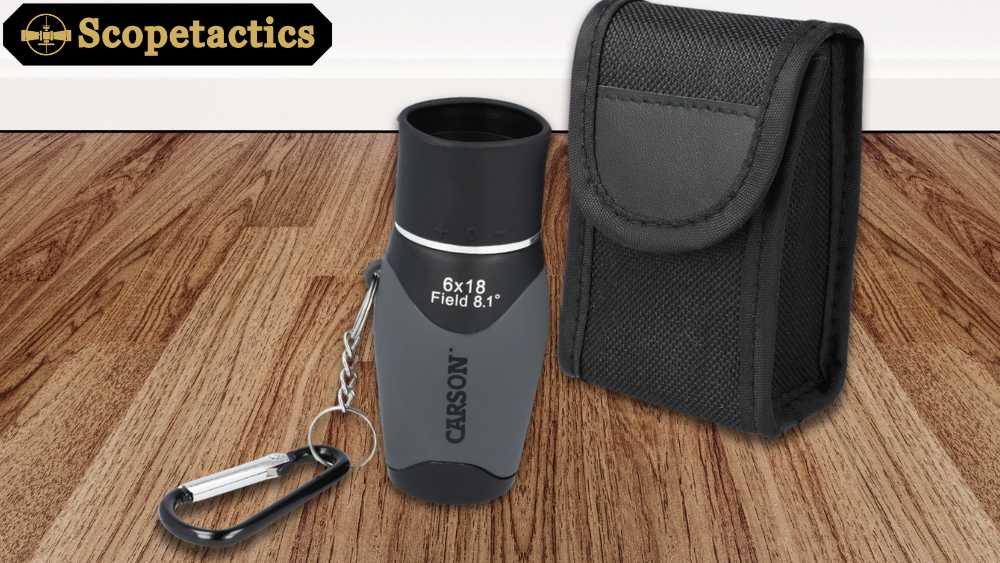
Leave a Reply